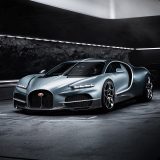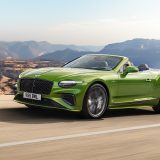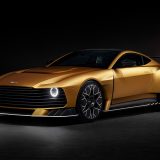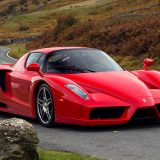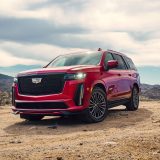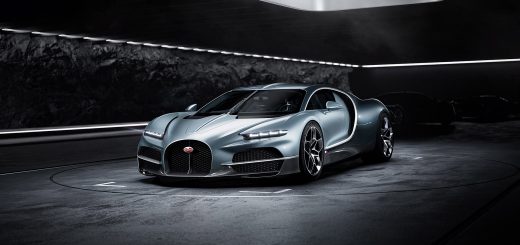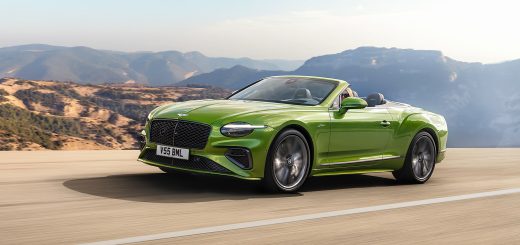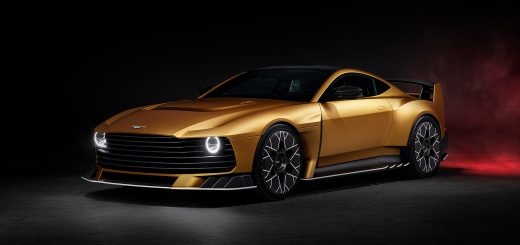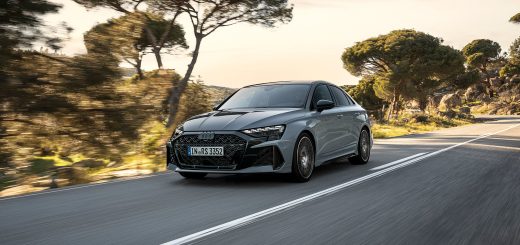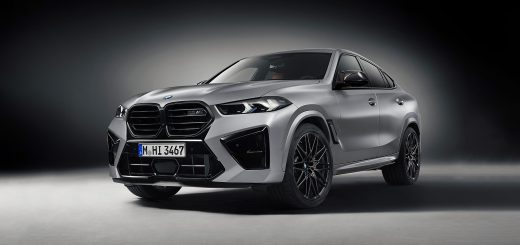Gray Porsche 911 Underground Wallpaper
The Iconic Porsche 911: An Unmatched Tradition of Quality
For decades, Porsche 911s have enthralled automobile enthusiasts as a symbol of performance and luxury. Beginning in the early 1960s, this sports car has a storied history thanks to its unique design and outstanding engineering. Let us examine the Porsche 911’s development, history, and characteristics that have contributed to its timeless classic status.
Genesis of the 1960s: The Making of a Legend
A new era for the German automaker began with the public unveiling of the Porsche 911 at the 1963 Frankfurt Motor Show. The company’s founder’s grandson, Ferdinand “Butzi” Porsche, designed the 911, which was first marketed as the Porsche 901. Porsche, however, was forced to change the name to 911 due to a naming dispute with Peugeot, which had trademarked three-digit car names with a zero in the middle.
The company’s flagship model, the Porsche 356 model, was replaced by this one. The 911 was designed with a rear-engine layout and a sleek, aerodynamic body, which has remained the model’s defining feature. With its agile handling and unique sound, the car quickly became a favorite among driving enthusiasts. Its air-cooled, flat-six engine offered a unique driving experience.
Change Over the Years
Over the years, Porsche has made significant improvements to the 911’s engineering and design in order to improve comfort, safety, and performance. Every generation, internally referred to by distinct series codes, has added new features while maintaining the essence of the original vehicle.
- 1970s (G-Series): The legendary “G-Series” 911, which had a longer wheelbase, better aerodynamics, and more safety features, was introduced with the second generation. In 1975, the renowned 911 Turbo, also known as the “930,” was unveiled during this period, introducing turbocharging to the model and greatly enhancing its performance.
- 1980s (964 and 993): More technological advances were made in the late 1980s and early 1990s, with the 964 series seeing the introduction of all-wheel drive. The final air-cooled 911 model, the 993 series, was manufactured from 1994 to 1998. It is regarded as one of the best due to its enhanced suspension and elegant styling.
- 1990s and 2000s (996 and 997): In 1998, the 996 series saw the controversial but necessary switch to water-cooled engines in order to comply with modern emissions regulations. When the 997 series was unveiled in 2004, it combined contemporary technology with a more traditional design aesthetic, paying homage to the original 911 models.
- 2010s to Present (991, 992): With their sophisticated electronics, turbocharged engines in the majority of their models, and greater use of lightweight materials, the 991 and 992 series are the most recent iterations. Porsche is engineering prowess is demonstrated by variants such as the GT3 and Turbo S, which demonstrate the 911’s continued status as the pinnacle of performance.
Important Features and Innovations
The Porsche 911 has long been associated with outstanding engineering and performance. Important characteristics consist of:
- The 911’s unique handling characteristics are a result of its rear-engine layout, which can be both difficult and rewarding for experienced drivers.
- Flat-Six Engines: These engines are renowned for their distinct sound and smooth power delivery. Originally air-cooled, they were eventually water-cooled.
- Iconic Design: With its sloping roofline and round headlights, the 911’s design has changed over time but has always maintained its unique silhouette. Its enduring fame and familiarity are a result of its constancy.
- Performance Variants: Porsche has produced a number of performance-oriented models over the years, such as the GT models that are intended for racing, the Carrera, Targa, and Turbo. Each offers special qualities that address various facets of driving performance and enjoyment.
- Technological Advancements: With the 911, Porsche continuously pushes the envelope by integrating cutting-edge automotive technology. The 911 is a showcase of innovation, with features like cutting-edge infotainment systems and lightweight construction combined with advanced aerodynamics.
The Cultural Impact of 911
In addition to its technical prowess, the Porsche 911 has gained cultural significance. It is a representation of achievement, a popular dream vehicle, and a mainstay of popular culture, showing up in innumerable TV series, films, and music videos. With multiple wins in endurance races and the 24 Hours of Le Mans, the 911 has also had a successful motorsports career.
In summary
The Porsche 911 is a legacy as much as a vehicle. From its launch in the 1960s to its current iteration, the 911 has consistently raised the bar for engineering prowess, performance, and design. The 911 is still at the forefront of Porsche is innovation, a timeless classic that will surely enthrall enthusiasts for many years to come. The Porsche 911 is a timeless representation of automotive precision and passion, whether it is seen in a wallpaper or driven by someone personally.













